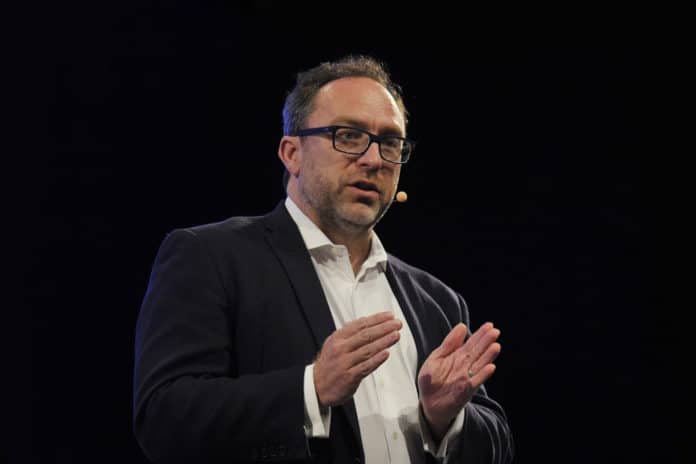No advertising, high privacy: Wikipedia co-founder Jimmy Wales has announced his own social network. What is special about WT: Social – and how it should be different from Facebook? Let’s see.
Jimmy Wales shared the details of the ‘WikiTribune Social’ – or ‘WT: Social’ in short – service launched in October that he hopes will be an alternative to social networks Facebook and Twitter.
WT: Social is the combination of a social network and a news feed that will allow participants to share news and discuss them in a Facebook-style news feed. So far, you can find all kinds of topics ranging from politics and technology to anime and beekeeping.
Once you enter WT: Social, you can also follow other users; in fact, Jimmy Wales is the first on the list and appears by default, although you can stop following him if you wish. Wales mentioned that WT: Social this network is independent of Wikipedia, although it is based on the donation model since this will serve not to offer advertising.
The new social network will exist on user donations, which will not mean a race for clicks or screaming headlines but will represent value for members of the social network. Unlike Facebook and Twitter that only push forward the news with the most likes and comments, WT: Social will have a chronological feed. Its algorithm will show the newest links first. However, they plan to add an “upvote” button that will allow users to recommend quality stories.
Over the month, the number of users increased from 500 to 50 thousand, although the goal of the social network is 50 million or even 500 million users around the world. More than 200 people made donations for the development of the site, which, according to Mr. Wales, means the success of streaming services like Netflix or Spotify and the willingness of users to pay for “relevant” content online.
WT: Social was born from a previous Jimmy Wales idea called WikiTribune. The project was launched in 2017 that was hoped to tackle fake news but could not attract the attention of users necessary for the continuation of the service.
